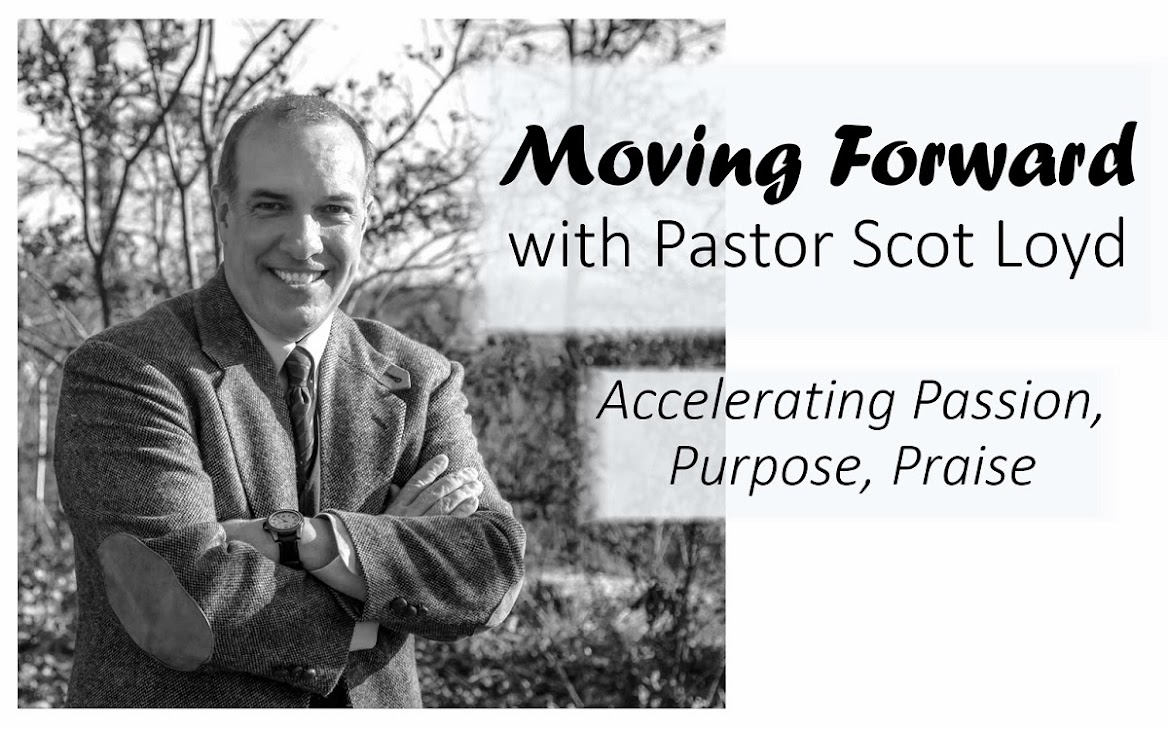Everyone worships. This worship of ourselves takes on many forms.
Everyone worships. Often we end up worshipping ourselves. This worship of ourselves takes on many forms. We refer to
these forms as culture. And for every person there is a cultural expression
that serves to exalt that part of us that we enshrine. Think about the cultural
expression of sports, for example. Sports serves to highlight that part of our
competitive nature as we live vicariously through representative athletes in
our favorite sport. Through the exploits of these athletes, their winning and
losing, we project ourselves. Nostalgically we relive our own past athletic
exploits or we fantasize about abilities we never possessed. In both cases the
professional athlete becomes our religious representative and we pay homage to
the athlete in our culture by filling stadiums, purchasing merchandise, and
perhaps most importantly, we “buy in” to the athlete’s or teams’ performances
with the price of our emotions. We are engaged in winning and losing on a
visceral level. The same may be said for the movie star, musician, authors, or
politicians. We elevate others in society, chiefly because we our religiously
bent to worship ourselves.
We elevate others in society, chiefly because we our religiously bent to worship ourselves.
So then these “icons” become religious points of
identification, or idols, that
accentuate the most celebrated characteristics of ourselves. We dress like
them, we seek to think like them, to walk and talk like them. We are steeped in
worship. And as James K.A. Smith points out, “The forms themselves are
pedagogies of desire that teach us to construe and relate to the world in
loaded ways.” Our misguided worship of ourselves, in turn, impacts how we treat
one another. Again, Smith observes, “Subtly, then, we’ve construed our
relationships largely in terms of competition-against one another and against
the icons of the ideal that been painted for us. In the process, we have also
objectified others: we have turned them into artifacts for observation and
evaluation, things to be looked at-and by playing this game, we’ve also turned
ourselves into similar sorts of objects and evaluated ourselves on the basis of
our success at being objects worth looking at.”
Smith argues that this kind of
worship takes place most often in our culture at the altars of consumerism.
Indeed, consumerism may be the universal or “Catholic” religion of the 21st
Century. According to Smith, the practice of consumption’s “redemption lives
off of two ephemeral elements: the thrill of the unsustainable experience or
event and the sheen of the novel and new. Both of these are subject to a law of
diminishing returns, and neither can last. They both slip away, requiring new experiences
and new acquisitions. And the by-product of such persistent acquisition is a
side we don’t see or talk about much: the necessary disposal of the old and the
boring. So while the liturgy of the market invests products with an almost
transcendent sheen and glow, enchanting them with a kind of magic and
pseudograce, the strange fact is that the same liturgies encourage us to
quickly dispense with these products in a heartbeat.”
This consumer culture has taught us that the objects of our pious devotions, will not forever be worthy of our worship.
This then is a
contributing factor to how quickly we become disillusioned with others and with
ourselves. This consumer culture has taught us that the objects of our pious
devotions, will not forever be worthy of our worship.




